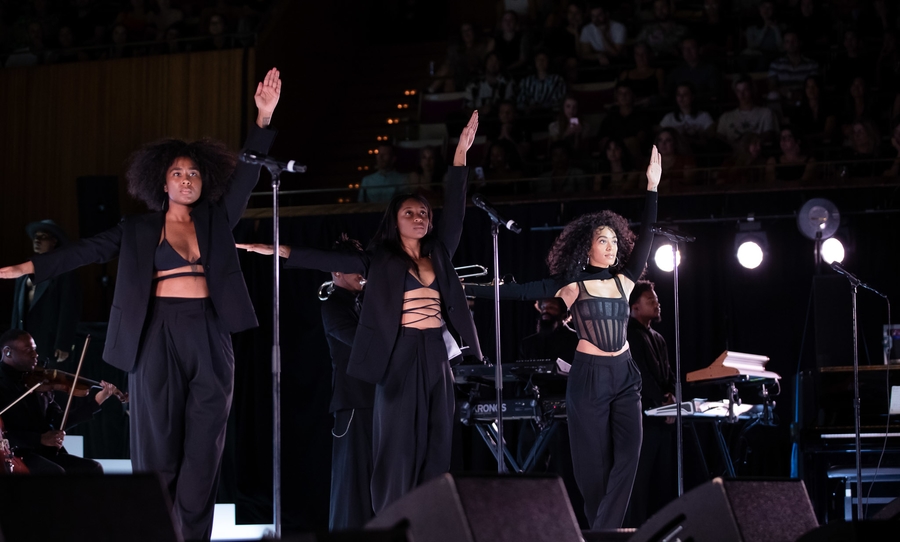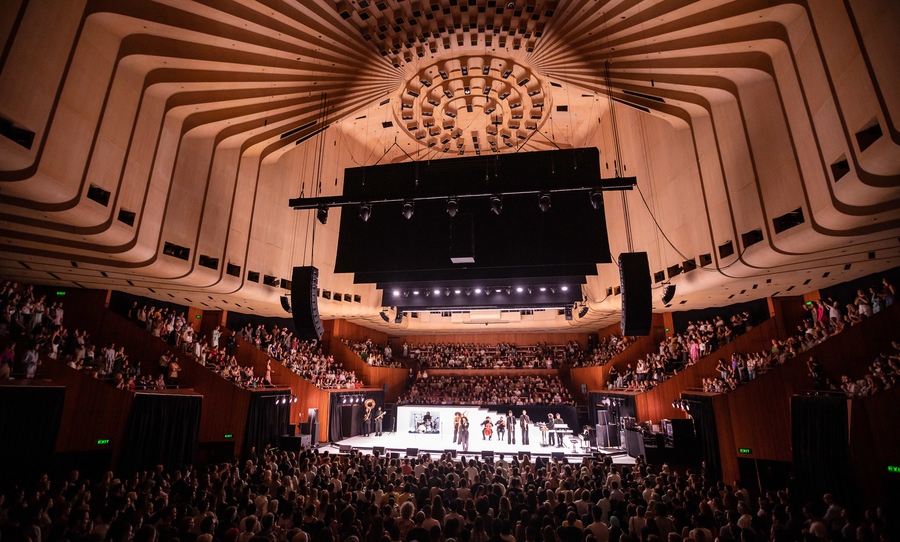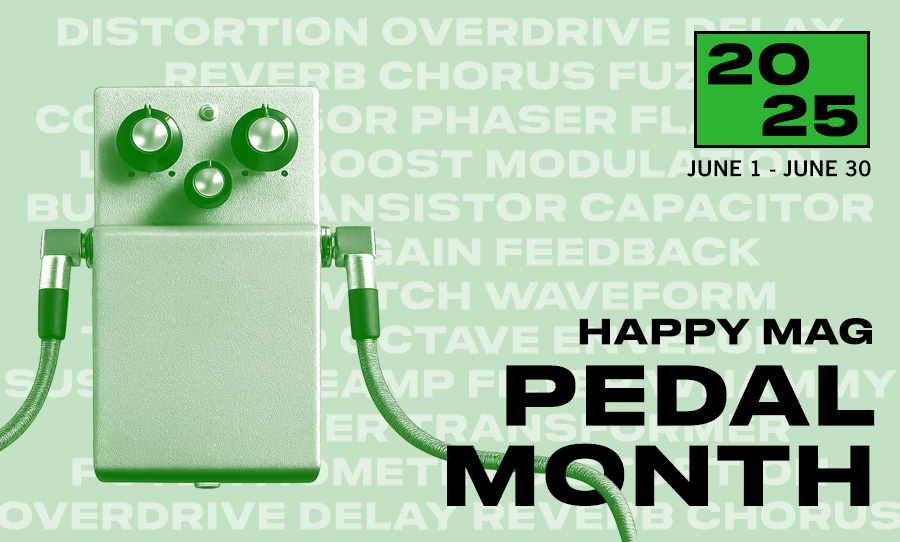Seeing Solange isn’t your regular kind of show. And it’s not simply because last night’s performance at the Sydney Opera House, Witness!, was much less conventional in format.
It’s because when Solange takes to the stage she offers you something – something that’s deeply personal and endlessly malleable. The result is a performance where expression is equal to the music.

Last night at the Sydney Opera House, Solange proved she is every part the poised powerhouse, exploring the realms of emotion through an intimate, experimental performance.
Solange is a master of tension and release. A packed Opera House sat waiting well past the advertised 8pm start. At 8:30 the Concert Hall fell into darkness. A few silhouettes passed across the stage, each time arousing the audience into applause, only to be disappointed when they belonged to errant stagehands.
Finally, performers began to take their places – a small string and brass section, a pianist, a keyboardist, a drummer, and two backup singers. And then there, in the middle, but not particularly salient, stood Solange – hair sprawling, body sleek in a carved black corset. Her un-emphasised presence was a precursor to the inclusive dynamic that she would cultivate throughout the performance; everyone on stage was important.

Solange surprised the world last March with the release of her fourth album, When I Get Home – more a compilation of short song sketches than an album in its conventional right. Its economy makes for a different listening experience. The Guardian described it as “the Snapchat album”.
When I Get Home seemed to speak to something new. A new way of interacting, of experiencing the world and art that was being dictated by the narrow scope of an increasingly ubiquitous social media gaze. And somehow Solange was embracing this, picking it up and running with it, turning it into a springboard from which she could evolve her work in a new and experimental way.
But listening to When I Get Home on record is a whole different experience to listening to it in person. When Solange performs the album tracks live, suddenly it makes perfect sense. The short sketches ooze into one another with a compulsive lightness. Short pieces, Things I Imagine, S McGregor (interlude), Can I Hold The Mic (interlude), and Binz flow without interruption, in no particular order. The effect is accumulative.

Longer tracks from the album are sprinkled amongst the sketches, including crowd favourites like the slinky Down With the Clique, the anthemic Way To The Show, and the drowsy Stay Flo. In many ways it seems that Solange entirely embodies the sentiment of Can I Hold the Mic (interlude):
“I can’t be a singular expression of myself / There’s too many parts, too many spaces / Too many manifestations, too many lines / Too many curves, too many troubles / Too many journeys, too many mountains /Too many rivers, so many.”
But just as much as the performance was about self, it was about others. And perhaps, specifically, about the interaction between the two. Throughout the set, Solange individually acknowledged each of the performers – calling out their name and where they were from, a practice which fostered an overall sense of equality amongst performers.
Solange’s habit of holding eye contact with individual audience members echoed this inclusivity. This was particularly evident with the themes of Interlude: Tina Taught Me – with its potent lines: “Because you celebrate Black culture / Does not mean that you don’t like white culture” – and Almeda, with its unforgettable chant: “Brown skin, brown face… Black faith still can’t be washed away.” The performance was a celebration of identity.

The stage setup was a testament to the production’s powerful use of space, feeling both minimal and complex. A large white staircase led to a runway at the back of the stage, which, at various points, hosted processions of synchronised dancers or else Solange herself in moments of apparent abandon.
Midway through the set, in a rare moment of breathing space, Solange addressed the audience. She explained that the last year had been one of extreme change and growth. “This next song is one I composed and arranged”, she told the audience. What followed was a long, lulling experimental tide of jazz which only served to emphasise the immersive quality of the performance.
Yet just when the interlude began to stretch – she returned with Cranes in the Sky, and the entire Opera House was back on their feet, singing and dancing. This continued as she returned to the stage for encore, Don’t Touch My Hair, and it didn’t stop until she had finally departed for the last time.
It was a joyous experience.


